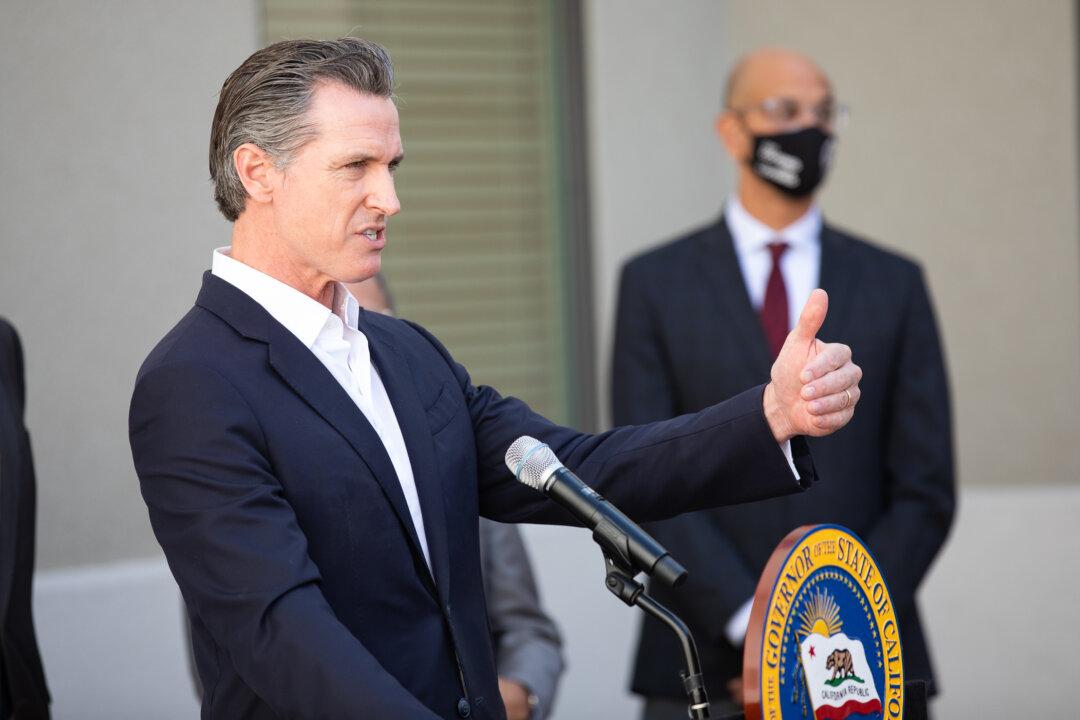Gov. Gavin Newsom announced Monday that California’s COVID-19 state of emergency will be lifted on Feb. 28, 2023.
The date is set to ensure the health care system can be prepared for the possible winter holiday surge and give state and local governments time to prepare for the phaseout, according to Newsom’s office.





